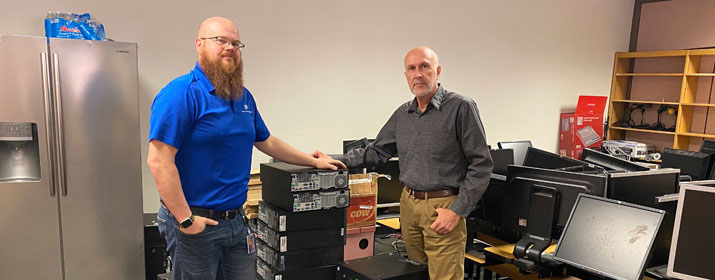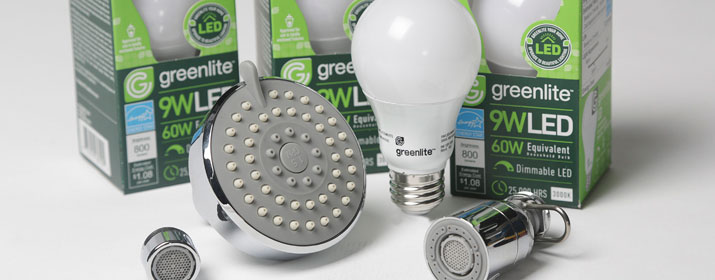

Keeping the lights on is one of many challenges for families living at or below the poverty line. It’s an aspect of poverty that we at Tucson Electric Power see every day.
TEP offers multiple programs designed to help limited-income customers reduce their energy consumption and pay their electric bills.
Customer Assistance Program
Through our Customer Assistance Program, eligible customers can sign up to receive discounted electric rates. On average, more than $2.1 million in assistance is granted to more than 19,000 TEP households every year.
Families can sign up for this discount program through local social service agencies that determine eligibility for utility assistance and other programs, or by visiting the Customer Assistance Program page under the Customer Care section of tep.com.
Help with Emergency Energy Relief Operation
TEP has established the Help with Emergency Energy Relief Operation, or HEERO, to offer emergency bill paying assistance. Under the program, customers voluntarily donate to a fund to help ease the cost of energy bills for customers in an emergency situation.
People donate either by rounding up their bill to the nearest dollar, or by making a set monthly contribution, usually $1 or $5.
About 8,200 customers each year donate to the program, which then serves about 600 low-income households annually. TEP pays the administrative overhead for the program, so 100 percent of the donated funds go directly to assist families in need.
Historically, the HEERO program generates about $150,000 a year. Over 20-plus years, it has generated about $2.7 million to directly assist more than 13,500 eligible families.
The Salvation Army handles the distribution of the HEERO fund.
Weatherization Program
TEP helps homeowners lower their electric bills through the Weatherization Program.
Construction crews from Pima County Community Services and other nonprofit agencies creatively use TEP monies and other available funds to “weatherize” homes of income-qualifying customers by making energy efficient home repairs and installing cost-saving equipment.
Low Income Home Energy Assistance Program
Through the Low Income Home Energy Assistance Program, or LIHEAP, the U.S. government distributes money to states to help cover heating and cooling bills. This federal program, which began in 1981, initially focused on heating but was expanded in 1984 to include cooling costs as well.
“The federal government recognized it needed to support the most vulnerable families in the summer as well as during the winter,” said Larry Lucero, TEP’s Senior Director of Government Relations & Economic Development.
The annual appropriation tends to be about $4 billion, though it has gone as high as $5.2 billion, “which can make a huge difference for our customers,” Lucero said.
Once the federal government appropriates money to Arizona, the state Department of Economic Security works with a network of nonprofits — locally, the Tucson Urban League and Pima County Community Action Agency — to determine eligibility and distribute the funds. TEP customers must be at or below 150 percent of the federal poverty line to qualify.
“With these LIHEAP dollars, we are able to keep customers connected, saving the costs of disconnecting and reconnecting. The cost benefit is very positive,” Lucero said.
Home Energy Assistance Fund
The Home Energy Assistance Fund, or HEAF, managed by the nonprofit Arizona Community Action Association, makes use of unclaimed utility deposits to help eligible customers repair or replace heating and cooling units or pay their utility deposits.
Deposits unclaimed after two years, usually because a customer moves without providing a forwarding address, used to go to the Arizona Department of Revenue. But in 2007, TEP and other utilities successfully lobbied for a change in state law so those unclaimed deposits could go directly to assist customers in need through HEAF.
About $2 million in HEAF funds are available annually to low-income Arizonans, as determined by the same 150 percent of the federal poverty level criteria.






